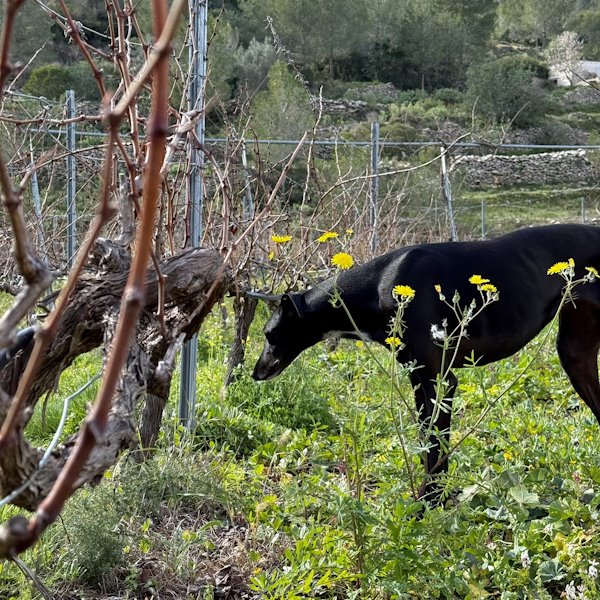
A living soil is an ecosystem rich in microorganisms, fungi, earthworms, and organic matter. This natural balance makes the soil more fertile and capable of nourishing the vine.
In contrast, a dead soil, treated with chemicals and heavily plowed, loses its structure and biodiversity, making the vine dependent on artificial fertilizers and treatments. Winemakers committed to agroecology avoid herbicides and pesticides, encourage plant cover to protect the soil, and use natural composts to enrich it. This approach forces the vine to push its roots deeper in search of nutrients and minerals, enhancing its resistance to drought and adding more aromatic complexity to the wines.
Biodynamics and symbiosis with nature
Many winemakers adopt biodynamic principles, using specific preparations like horn manure (preparation 500) and aligning vineyard and cellar work with lunar and cosmic cycles. Other techniques, such as grazing sheep in the vineyard during winter for natural weed control or mulching with organic materials, help retain soil moisture and provide nutrients.
Chemical-free vines, purer wines
Winemakers who respect living soils prioritize manual harvesting, avoiding the passage of heavy tractors that would compact the earth. The presence of mycorrhizae and beneficial insects naturally protects the vine and enhances the terroir’s expression in the wines. When a wine is made with no chemical inputs or interventions in the cellar, it is called "double zero" wine: nothing in the vineyard, nothing in the winery.
